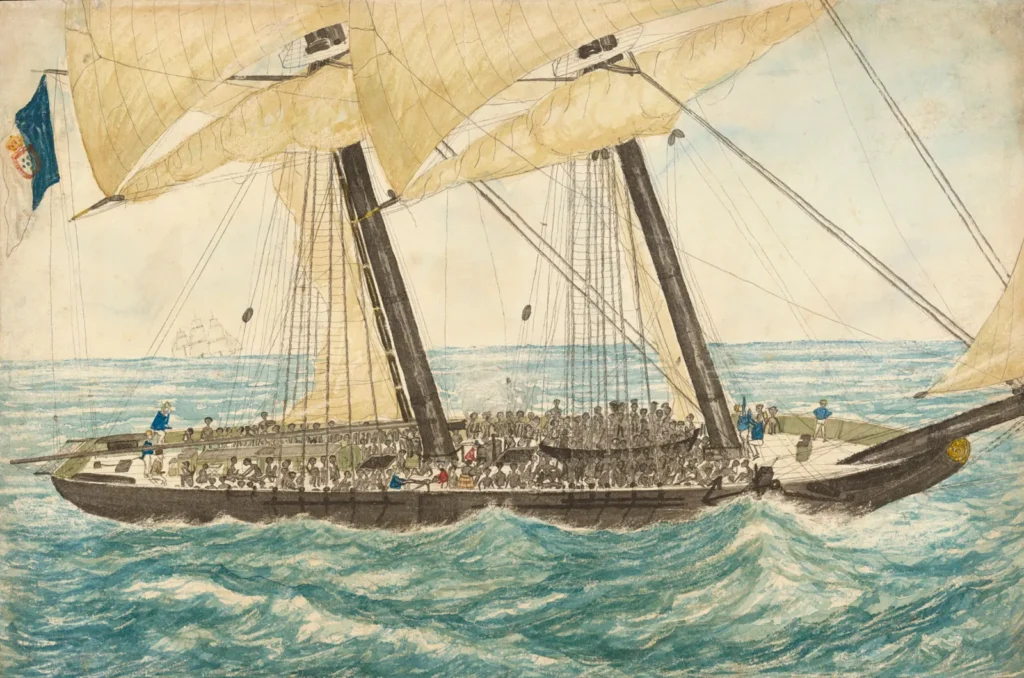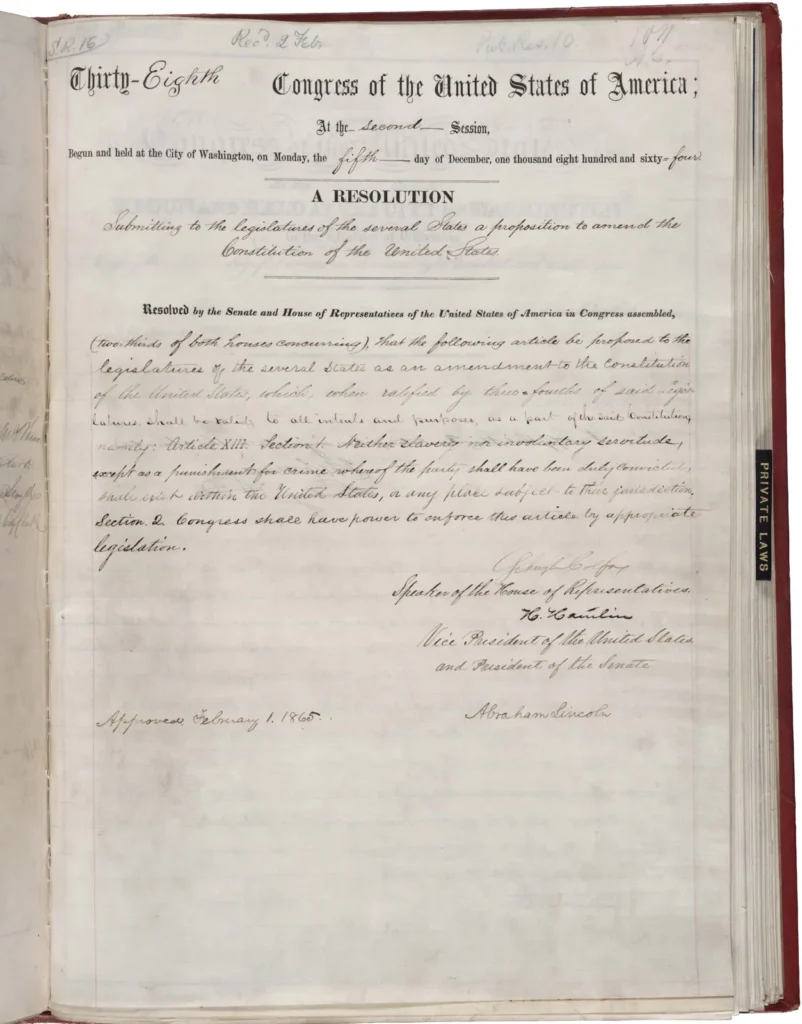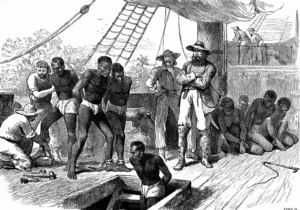The Transatlantic Slave Trade, stretching from the 16th to the 19th centuries, stands as one of the most harrowing chapters in human history. This vast, systematic movement of millions of Africans to the Americas left an indelible mark on societies, economies, and cultures on both sides of the Atlantic. In this article, we’ll dive into the various facets of this trade, the places involved, and the profound impact it had on the world.
Introduction to the Transatlantic Slave Trade
The Transatlantic Slave Trade (16th–19th centuries) wasn’t just a business—it was a brutal and dehumanizing practice that disrupted millions of lives. This trade was driven by European colonial powers' insatiable demand for labor in the New World, leading to the forced migration of approximately 12.5 million Africans across the Atlantic Ocean. Can you imagine being torn from your homeland and shipped across an ocean to an unknown fate? It’s a dark, gut-wrenching part of history that deserves to be remembered and understood.
The Origins and Mechanics of the Trade
How Did It All Start?

The roots of the Transatlantic Slave Trade can be traced back to the early 16th century when Portuguese explorers began to explore the African coast. Initially, they were interested in gold and other riches. However, they soon realized the potential of another lucrative commodity—human beings. The first enslaved Africans were brought to Europe in the early 1500s, marking the beginning of a centuries-long, tragic exploitation.
The Triangle Trade
Ever heard of the Triangle Trade? It’s an important term when discussing the Transatlantic Slave Trade (16th–19th centuries). This triangular route connected Europe, Africa, and the Americas in a vicious cycle. European ships carried manufactured goods to Africa, where these goods were exchanged for enslaved people. The enslaved Africans were then transported across the Atlantic to the Americas—a journey known as the Middle Passage. Finally, goods produced by enslaved labor, such as sugar, tobacco, and cotton, were shipped back to Europe.
Key Locations in the Slave Trade
African Coastal Regions
The Transatlantic Slave Trade (16th–19th centuries) heavily impacted several African regions. West Africa was the primary source of enslaved people, with present-day countries like Nigeria, Ghana, Senegal, and Angola playing significant roles. These regions were dotted with slave forts and castles, where captives were held before being loaded onto ships.
European Ports
Europe wasn’t just a passive participant in the trade; it was actively involved. Major ports like Liverpool, Bristol, and Nantes became bustling centers of the slave trade. Ships laden with goods for trade would depart from these ports, return with products of enslaved labor, and create immense wealth for the traders.
American Destinations
Upon surviving the horrific Middle Passage, enslaved Africans were dispersed throughout the Americas. Brazil received the largest number of enslaved people, followed by the Caribbean islands, and the American South. Places like Jamaica, Haiti, Cuba, and Virginia became synonymous with plantation economies that thrived on the back of slave labor.
Life Aboard the Slave Ships
Imagine being packed like sardines in a can, with barely any space to move. That’s what life was like aboard the slave ships. The Middle Passage was notorious for its brutal and inhumane conditions. Enslaved people were crammed into the ship’s hold, with little ventilation and appalling sanitation. Disease was rampant, and many didn’t survive the journey.
Impact on Africa
Devastation of African Societies
The Transatlantic Slave Trade (16th–19th centuries) had catastrophic effects on African societies. Entire communities were decimated as millions of people were forcibly taken. The social fabric of many regions was torn apart, leading to long-lasting economic and demographic consequences. Some African leaders and traders participated in the trade, but the overwhelming impact was devastating and one-sided.
Cultural and Economic Disruption
The trade not only stripped Africa of its people but also stunted its economic development. Traditional industries and crafts suffered as the demand for enslaved people grew. The cultural impact was profound, with countless oral histories, traditions, and skills lost as communities were uprooted.
The American Plantation System
Slave Labor and Economy
In the Americas, the Transatlantic Slave Trade (16th–19th centuries) laid the foundation for plantation economies. The labor of enslaved Africans was the backbone of industries like sugar, tobacco, and cotton. These plantations were grueling environments, with long hours, harsh conditions, and little regard for the lives of the enslaved people.
Resistance and Rebellion
Despite the oppression, enslaved people resisted in many ways. From subtle acts of defiance to outright rebellions, they fought for their freedom and dignity. Notable uprisings include the Haitian Revolution, which led to the establishment of the first independent black republic, and various smaller revolts across the American South and the Caribbean.
Abolition and the End of the Slave Trade
The Road to Abolition

The movement to abolish the Transatlantic Slave Trade (16th–19th centuries) gained momentum in the late 18th and early 19th centuries. Driven by moral, economic, and political factors, abolitionists in Europe and the Americas campaigned tirelessly against the trade. Key figures like William Wilberforce in Britain and Frederick Douglass in the United States played pivotal roles in this struggle.
Legislative Milestones
Several legislative acts marked the end of the transatlantic slave trade. Britain passed the Abolition of the Slave Trade Act in 1807, followed by the United States in 1808. However, illegal trading continued for several decades, and it wasn’t until the mid-19th century that the trade was effectively suppressed.
Legacy of the Transatlantic Slave Trade
Cultural and Social Impact
The legacy of the Transatlantic Slave Trade (16th–19th centuries) is still evident today. The cultural contributions of African descendants have enriched societies across the Americas. From music and dance to cuisine and religion, the influence of African culture is profound and enduring.
Ongoing Struggles
However, the scars of the slave trade are also apparent in the continued struggles against racial inequality and injustice. The history of the Transatlantic Slave Trade is a reminder of the deep-seated issues that still need to be addressed in many parts of the world.
Conclusion
The Transatlantic Slave Trade (16th–19th centuries) is a chapter of history that we must never forget. Its impact on Africa, the Americas, and the world was profound and far-reaching. By understanding this dark period, we can better appreciate the resilience of those who endured it and the ongoing struggles for justice and equality.
Frequently Asked Questions
Q: What was the Transatlantic Slave Trade? A: The Transatlantic Slave Trade (16th–19th centuries) was the forced transportation of millions of Africans to the Americas to work as slaves. It was driven by European colonial powers' need for labor in their colonies.
Q: What regions were involved in the Transatlantic Slave Trade? A: The trade involved regions in West Africa, European ports like Liverpool and Nantes, and American destinations including Brazil, the Caribbean, and the American South.
Q: What was the Middle Passage? A: The Middle Passage refers to the horrific sea journey that enslaved Africans endured from Africa to the Americas. Conditions were brutal, and many did not survive the trip.
Q: When did the Transatlantic Slave Trade end? A: The trade was legally abolished in the early 19th century, with Britain passing the Abolition of the Slave Trade Act in 1807 and the United States following in 1808. However, illegal trading continued for several decades.
Q: What was the impact of the Transatlantic Slave Trade on Africa? A: The trade had devastating effects on African societies, leading to the loss of millions of people, economic disruption, and cultural devastation.


